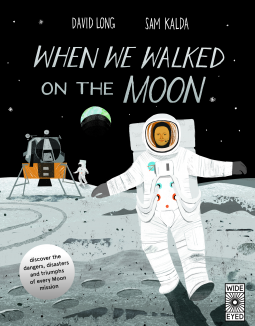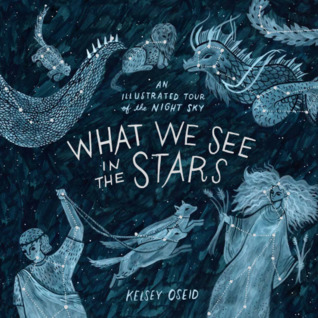
Early Book Review: The Astronomers' Library: The Books that Unlocked the Mysteries of the Universe by Karen Masters

Book Review: The Moon Tonight: Our Moon's Journey Around Earth by Jung Chang-hoon, Jang Ho
The Moon Tonight: Our Moon's Journey Around Earth, written by astronomer Jung Chang-hoon and illustrated by Jang Ho, is a children's nonfiction book translated into English by Paige Morris. Everyone on Earth can look up and marvel at our moon in the night sky. It is an experience we share across cultures and continents. As our closest celestial neighbor, the moon touches on many aspects of our lives and has inspired interest from people across centuries. In The Moon Tonight, you can share that same sense of wonder with your child through the eyes of a father-daughter duo as they learn the science behind the twenty-nine-day lunar cycle and the moon’s four phases: crescent, quarter, full, and new. With age-appropriate and easy-to-follow scientific explanations this picture book offers families a reading experience that is both poetic and educational.
The Moon Tonight: Our Moon's Journey Around Earth is a wonderful book for a young reader to explore alone, or to share with an adult. There is a great deal of information about the moon, its cycles, and how it effects our oceans. I thought the text was straightforward and easy to understand and follow, with no moments of condescension that is sometimes found in nonfiction books for children. Credit for this can go to the author and the translator- since they both had a hand in the English version of the book working as well as it did. I thought the illustrations were lovely and added a great deal to the read. I also loved learning a few new proverbs and lore that relate to the moon. I thought I could remember all my moon facts from my school days when I took astronomy, but this children's book reminded me of information long forgotten and/or taught me a few new things.










